Joseph Priestley is considered the most outstanding scientist of West Yorkshire. The Englishman was a famous intellectual, experimenter and active researcher in politics, education and philosophy. In addition, he is recognised as one of the founding fathers of chemistry as a science. He wrote more than 150 scientific works in philosophy, history, education and theology. He was interested in various methods of scientific research and persistently applied them in practice. For a long time, Priestley was in search of various theories and scientific solutions, including being interested in the problems of human health. Learn more at leeds-future.
However, the English scientist and inventor became famous for his scientific discoveries. In 1774, Joseph Priestley discovered oxygen and managed to give answers to the pressing questions of the time about why and how things burn. Priestley was the first chemist to prove that oxygen is necessary for combustion. In addition, he conducted experiments with carbon dioxide, which eventually led to the development of carbonated drinks. These are only a few of his many scientific achievements and innovations. Joseph Priestley also discovered anhydrous hydrochloric acid, carbon monoxide and sulphur dioxide.
Priestley wrote that few concepts “have laid firmer hold upon the mind” than that air “is a simple elementary substance, indestructible and unalterable“.
In addition, Joseph Priestley devoted a lot of time to theology. His beliefs were quite different from the religious majority of that time. As a result, he and his family were subjected to contemporary bullying, mockery and physical violence. Joseph Priestley’s conscious civic stance and his active support of the American and French Revolutions only increased the social pressure on the Priestley family. Their life at home became dangerous, so Priestley left England in 1794 but continued his activities in the USA, where he died.
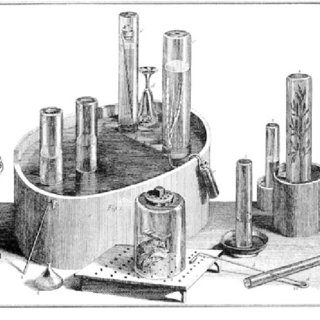
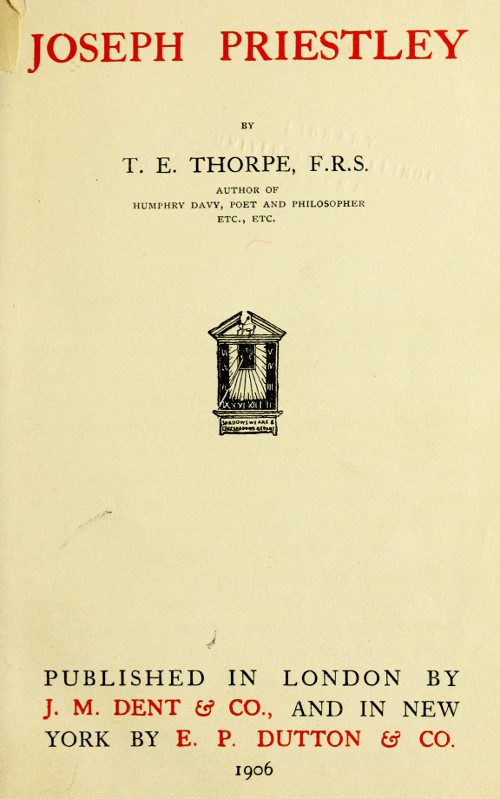
Family, childhood and education of the future genius
Joseph Priestley was born in the small cosy town of Birstall, near Leeds, on March 13, 1733. He was the eldest of six children of the weaver Jonas and the farmer’s daughter Mary. The mother sent her eldest son Joseph to live with her parents. He returned home after his mother’s death and was adopted by his father’s sister at the age of nine.
Joseph lived with his aunt Sarah’s family until he was 19. In that family, Priestley formed as a person. There, young Joseph was introduced to philosophical and religious discussions as well as liberal political views.
Young Priestley studied diligently at the local school because he liked learning. As a teenager, he caught tuberculosis and was forced to leave school. However, the disease didn’t prevent him from studying. Joseph made good use of that time by studying hard at home. He mostly studied with private tutors and self-taught Latin, Greek, French, Italian, German and some Middle Eastern languages. In addition, Priestley also studied the fundamentals of geometry, mathematics and philosophy.
Such thorough learning and excellent knowledge were an ideal basis for entering the best universities of Oxford or Cambridge. However, since Joseph Priestley was a Protestant and didn’t belong to the Anglican Church, he was denied admission to the best educational institutions in England. In 1752, the young man went to study at Daventry Academy, a famous school for dissenters at the time. Because of his high academic achievement, Priestley was exempted from one year of classes. During his studies, the young student had the opportunity to study traditional subjects and also those related to natural and experimental philosophy. Then Priestley got interested in research and conducting experiments.
He successfully graduated in 1755.
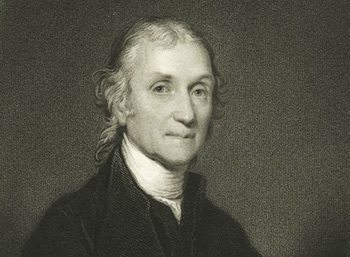
Teaching and preaching
After graduating from Daventry Academy, Joseph took a position as assistant priest in a dissenting parish in a poor community in Suffolk. In 1758, he moved to Nantwich in Cheshire, where churchgoers were more receptive to Joseph Priestley’s theology. In addition to preaching, he was a school teacher and private tutor. Priestley was paid for his work and invested tutoring money in his private research.
In 1761, Joseph Priestley wrote the book The Rudiments of English Grammar, which was widely recognised among scholars. Warrington Academy, a prominent dissenting academy founded by a group of people who had different religious views and beliefs, offered Priestley a position as a teacher of languages, history, law and biology.
While working at Warrington Academy, Joseph Priestley also began lecturing on history and general politics, giving his students even more interesting information. Despite his physical features, an unpleasant voice and stuttering, Priestley was an excellent speaker. He managed to interest the audience with his lectures and present important information in an unusual way. With his preaching and lectures, he also earned additional means of living.
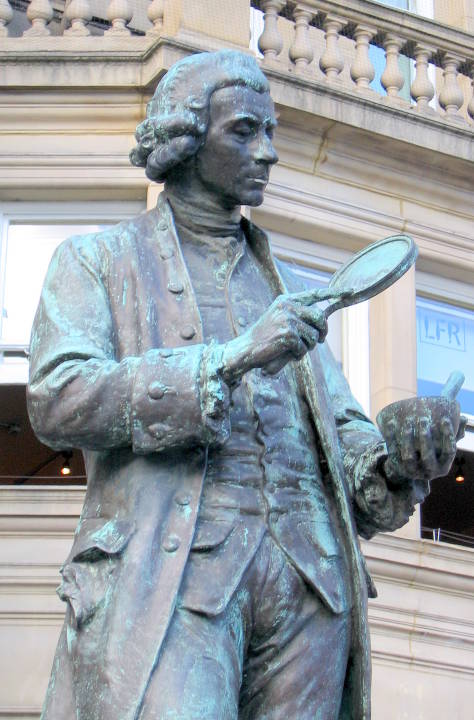
Personal life and scientific discoveries
Soon, Joseph met Mary Wilkinson, the daughter of the English innovator John Wilkinson. They married in 1762 and remained together for the rest of Priestley’s life. They had four children, a daughter Sarah and three sons, Joseph, William and Henry. Priestley often described his wife as a gentle person who was too generous to others. She constantly improved her understanding of the world by reading books.
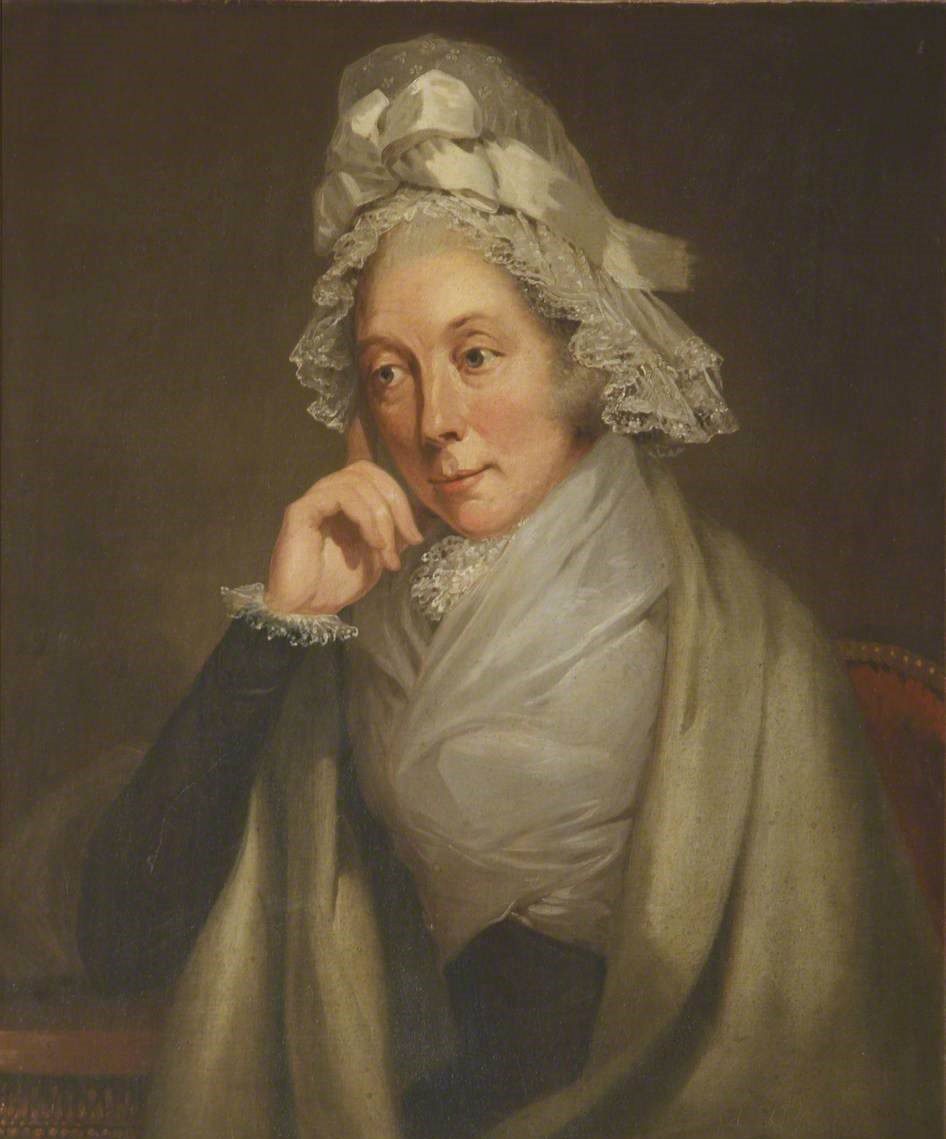
Joseph’s periodic trips to London contributed to interesting acquaintances in scientific circles. Thus, the young genius met the outstanding American Benjamin Franklin, who became his lifelong friend. Benjamin Franklin immediately involved Priestley in his research. Thanks to his support, Joseph wrote and published his first scientific work, The History and Present State of Electricity. In 1766, Priestley’s work was noticed and celebrated, so he became a member of the Royal Society. At a fairly young age of 34, Priestley was one the best scientists and researchers in the British scientific community.
The English explorer James Cook wanted to involve Priestley in his second voyage, offering him the position of scientific adviser. However, the proposal was rejected because Joseph’s religious views contradicted the doctrines of the Anglican authorities.
The discovery of oxygen and the invention of carbonated water and eraser
Priestley returned to his native Yorkshire in 1767 and began serving at Mill Hill Chapel in Leeds. In addition, Joseph helped found The Leeds Library on Commercial Street. By the way, a statue of Joseph Priestley was installed on the square nearby.
In Leeds, the researcher managed to carry out his first serious research on gases. It was a fruitful period for the Yorkshire scholar. When Joseph lived there with his family, he started working on gases. One of his most significant discoveries was made in an old next-door brewery on Meadow Lane. There, he discovered that fixed air (carbon dioxide) is formed during the fermentation process. One of his many gas experiments involved dissolving gas in water. Thus, he invented artificially carbonated drinking water. In 1772, Joseph Priestley published an article, Directions for the Impregnating Water with Fixed Air, explaining how to make it.
In April 1770, Joseph Priestley recorded the ability of Indian rubber to erase black lead pencil marks. Thus, he invented the first stationery eraser.
Joseph Priestley was the first chemist to prove that oxygen is necessary for combustion. He called the gas “dephlogisticated air” and a few years later the French scientist Antoine Lavoisier renamed it oxygen.
Thus, some really important discoveries in the history of science were made in Leeds.
In 1773, Joseph Priestley received an offer from Lord Shelburne to be a librarian, intellectual mentor and tutor for his children. Thanks to this, Priestley gained access to an important circle of political leaders of the time. At the same time, he had enough time left for research and inventions.
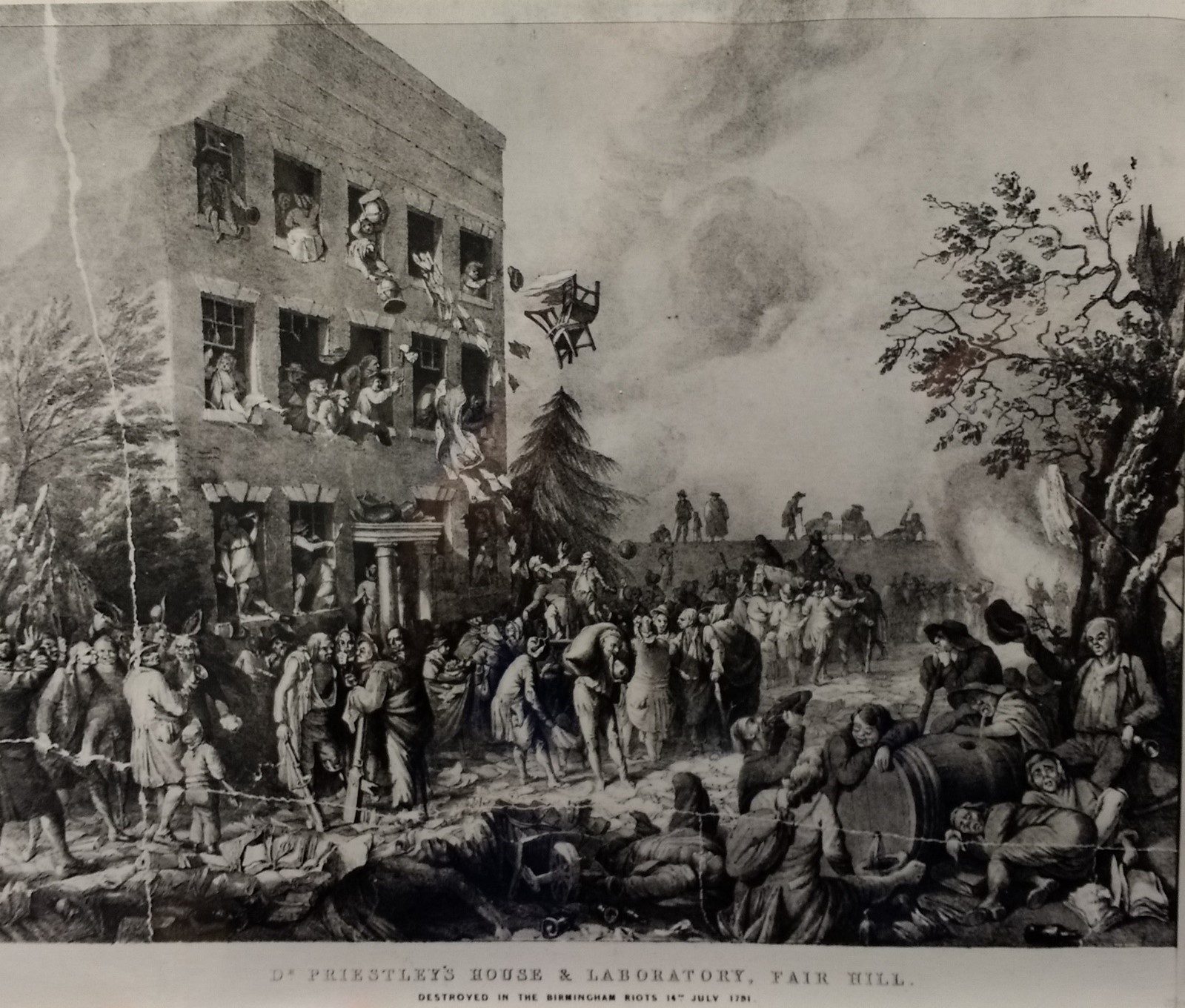
Later, he moved to Birmingham and continued his ministry and chemical experiments with gases. His six-volume work Experiments and Observations on Different Kinds of Air helped found a new science, chemistry.
Joseph Priestley actively supported the American and French Revolutions and also joined the campaign for the abolition of slavery. Later, riots and mass attacks on revolutionaries forced the Priestley family to flee first to London and then to America.
They settled in Pennsylvania, where Joseph preached in the Unitarian Church in Philadelphia. He continued his scientific research with the support of the American Philosophical Society, which elected him a member in 1785.
Joseph died at the age of 70 in February 1804 and was buried in Pennsylvania. Joseph Priestley forever remained a genius, legendary scientist and inventor who managed to make important scientific discoveries.
